Canada's WHMIS Regulation Updated To Align To The Latest GHS 7th Revised Edition
Canada's Workplace Hazardous Materials Information System (WHMIS) has undergone significant revisions, aligning with the Global Harmonized System of Classification and Labelling of Chemicals (GHS) 7th revision. These changes aim to enhance safety standards, improve communication of hazards, and streamline international trade in hazardous materials. Understanding the updates is crucial for businesses, workers, and regulatory authorities alike.
The GHS, developed by the United Nations, provides a universally recognized framework for classifying and labeling chemicals. By adopting the latest GHS revision, Canada ensures consistency with international standards, facilitating the exchange of information across borders and promoting safer handling of hazardous materials.
Key changes in Canada's WHMIS regulations include:
Classification Criteria: The criteria for classifying hazardous substances and mixtures have been updated to align with the GHS 7th revision. This involves reclassifying substances based on new hazard categories (i.e. Chemicals under Pressure) and criteria (i.e. New sub-categories and hazard phrases), ensuring more accurate hazard communication.
Labels: Revised labeling requirements feature standardized pictograms, signal words, hazard statements, and precautionary statements, making it easier for workers to identify and understand hazards associated with chemicals. Labels must also include a product identifier, supplier information, and pictograms representing specific hazards.
Safety Data Sheets (SDS): SDSs provide detailed information on the properties, hazards, and safe handling practices of chemicals. The updated WHMIS regulations mandate SDSs to follow the GHS format, ensuring consistency and comprehensiveness in hazard communication. This includes alterations to specific sections within the SDS in addition to what and how information must now be displayed within the SDS.
Transitional Period: To facilitate the transition to the new regulations, Canada has implemented a phased approach. During this period, suppliers and employers are required to comply with both the old and new WHMIS systems. This allows sufficient time for training, updating labels and SDSs, and adjusting to the new requirements.
Training and Education: Effective communication of hazards relies on adequate training and education. Employers are responsible for ensuring that workers receive training on the new WHMIS regulations, including understanding revised hazard classifications, labels, and SDSs. Training programs should be tailored to specific workplace hazards and job roles.
Enforcement: Regulatory authorities will enforce compliance with the updated WHMIS regulations to ensure the safety of workers and the public. Non-compliance may result in penalties, fines, or legal action, emphasizing the importance of adhering to the new requirements in time with the approaching deadline.
Businesses operating in Canada must prioritize compliance with the updated WHMIS regulations to protect the health and safety of their workers and mitigate risks associated with hazardous materials. By embracing these changes and investing in training and education, organizations can create safer workplaces and contribute to a harmonized approach to chemical safety on a global scale.
Canada's adoption of the GHS 7th revision represents a significant step towards enhancing hazard communication and promoting safer handling of chemicals. Navigating these changes requires collaboration between regulators and businesses to ensure effective implementation and compliance with the updated WHMIS regulations. At Yordas, our HazCom team can help you navigate the intricacies of WHMIS, including all the new updates and equip you with the knowledge necessary for a seamless transition. To learn more about how our team can help your business navigate the regulatory updates, get in touch with our team today. You can also visit our website to learn more about our other HazCom-related services.
Sign up for our Navigating Changes: Canada WHMIS Regulations update to the GHS 7th Revision webinar to learn how to navigate the intricacies of WHMIS and the recent regulatory updates.
About Our Expert
Matthew Ball, Hazard Communication Associate Consultant
Matthew Ball is an Associate Regulatory Consultant at Yordas Group with a Masters Degree in Earth and Environmental Science from Lancaster University. Matthew is an expert in GHS and CLP classification, authoring globally compliant SDS and submitting Poison Centre Notifications.

